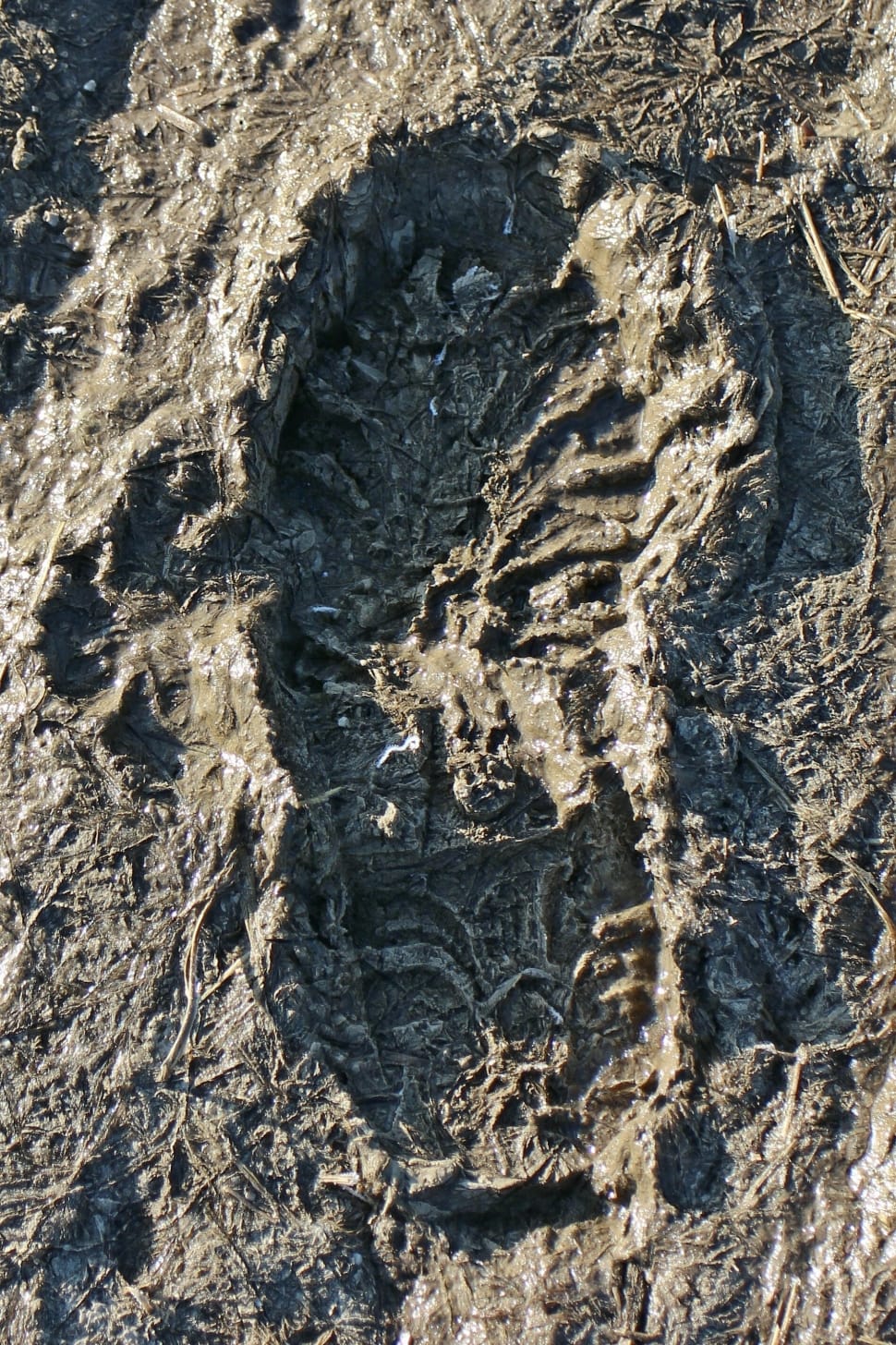Springtime Trails: A Time to Tread Lightly
By Wes Tucker
As with most things, spring is a time of transition for a hiking trail. So before you lace up your boots and rush off to the trailhead, please give a thought to the trail itself. Spring is a vulnerable time for a hiking trail. All winter long the treadways (the part of the trail you walk on) have been snow covered, frozen solid, and pretty much indestructible. Now that things are thawing out, they are loosing their armor. Much of the ice and snow may be melted, but the ground is often frozen solid a few inches below the surface. This means that melt water can't soak into the ground and sits near the surface making, you guessed it, MUD. This layer of mud is easily disturbed by a hiker's boot, making it vulnerable to washing away by the proverbial April showers. Eventually, this can turn the treadway into a gully.
Also, the treadway is often the last thing to melt out, resulting in a condition sometimes called a "monorail" (pictured). The snow has been packed particularly dense by winter hikers and takes longer to melt. This is especially true at higher elevations, north facing slopes, and heavily shaded areas. Hikers not prepared for this with proper footwear or traction aides (microspikes and the like) will often choose to by-pass the snow by cutting through the woods beside the trail. When enough hikers do this, alternate trails start to form. These side trails, know as herd paths or bootleg trails, expand the erosion caused by hikers beyond the established treadway. It also gives water an alternate route to flow, bypassing water control structures and contributing to erosion. These side trails can eventually merge with the main trail significantly widening it. Then another herd path forms farther into the woods, and the cycle continues.
So keep these things in mind when you hit the trail this spring. Some things you can do to mitigate any damage is to make sure you're prepared for the conditions. Wear waterproof boots, bring traction devices to help navigate any icy ground, and stay on the trail at all times. Walk on rocks or bog bridges when available to limit stirring up the mud. Also if you can, stick to the lower elevation trails until all the snow has melted and the trails have had a chance to dry out and firm up. Thanks for your help in keeping our hiking trails in good shape for the generations of hikers to come.



Trail tenders and conservation groups in general publish this same alert every March. I have never seen one this accurate and understandable, or this short.
I hope Spring hikers heed this voice of experience.